Cellular Connectivity Enables IoT Monitor to Fight Water Pollution on Global Scale
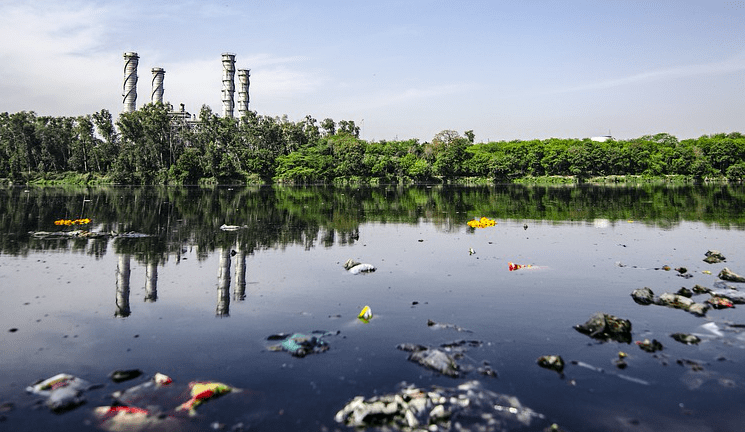
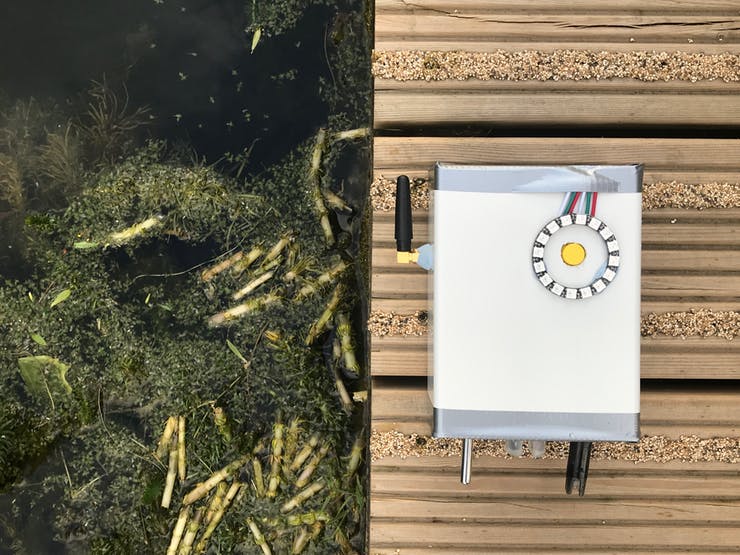
Great potential exists when problem solvers and cellular connectivity come together — something that the submissions from Soracom’s recent hackster.io Cellular IoT Challenge clearly demonstrate. This challenge invited contestants from around the world to create impactful and innovative IoT projects utilizing cellular connectivity. Andrei Florian’s project, WaterAid, was recognized in the Most Inspiring category and tackled an increasingly important issue in our society.
In a world facing the ever-growing threat of climate change, there is no doubt that significant strides need to be made to better protect our planet. Apart from rising temperatures, melting icebergs, and burning forests, a large issue we face is the pollution of major bodies of water ranging from oil spills to trash to agricultural runoff.
Andrei emphasizes that data is crucial in the fight against pollution, and his device, WaterAid, encourages global collaboration by corporations and organizations to help solve this issue and measure water pollution.
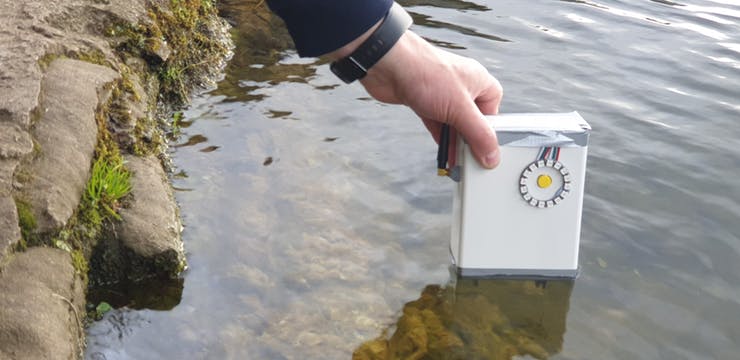
WaterAid essentially lets users safely and accurately collect data from different bodies of water and then visualize this data in one place thanks to Soracom products like Harvest and Lagoon. This device features an Arduino MKR GSM in addition to an Adafruit waterproof DS18B20 digital temperature sensor, a DFRobot Gravity pH sensor, turbidity sensor, atmospheric humidity sensor, and temperature sensor. Along with data from these sensors, the device also records exact time and geolocation so users can keep track of their data more precisely. An impressive aspect about this device is that it offers two modes to record data: mode 1 simply records data with the press of a button or mode 2 sets the device to take readings at defined intervals.
After submerging the bottom of the device in to water, the data is sent to Soracom’s cloud in the form of a JSON string, a JavaScript open-standard file that uses human-readable text and is easy to interpret.
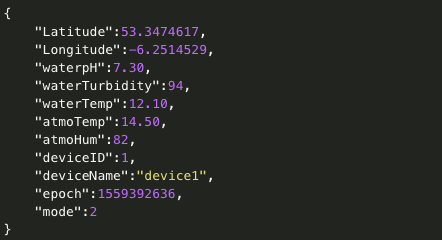
Andrei, himself, told us that “What’s great about Soracom’s products is that they make the data processing experience as straightforward as possible for its users.”
SORACOM Lagoon takes the data in SORACOM Harvest and creates dashboards featuring graphs, tables, and maps with just a few clicks. This is ideal because it frees users of the need to set up databases, servers, or other infrastructure.
Andrei highlights this by stating, “Soracom allowed me to connect my device to its backend and visualise data in a matter of minutes. Once my data was uploaded to SORACOM Harvest, SORACOM Lagoon created highly insightful and detailed dashboards displaying all of my temperature, humidity, pH balance, and GPS location data without me having to write a single line of code.”
With SORACOM Lagoon, WaterAid’s Grafana-powered dashboard is a rich, colorful mix of data visualization charts. This includes tables and graphs that display all of the recorded data and a color-coded map that pinpoints the different locations where measurements were taken, each color indicating how polluted the water was at that location. SORACOM Lagoon also has a cross-network SIM authentication, allowing users to receive real-time alerts if any of the data is outside of set parameters. In this case, Andrei has set up the dashboard so that users will receive alerts through email if the values of the pH or turbidity of the water are abnormal.
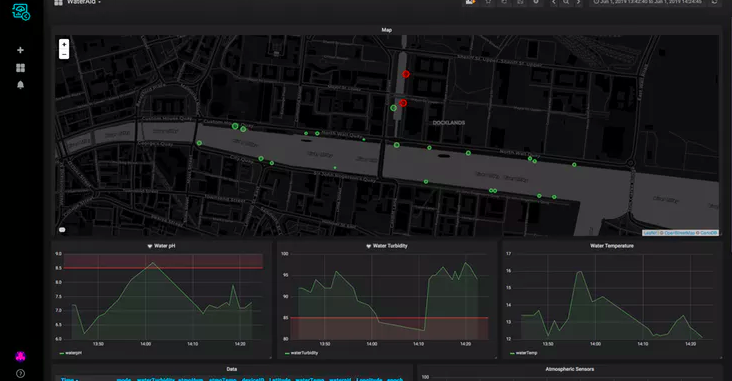
In his write-up, Andrei touched on the idea that this device would easily scale because the data across all devices could be collected and illustrated on the same Lagoon dashboard. Many of Soracom’s products aim to streamline and make data collection, transfer, and visualization processes as seamless as possible. SORACOM Inventory, for example, allows users like Andrei to remotely manage and monitor the status and settings of all connected devices from the comfort of their office. Additionally, SORACOM Krypton provides on-demand provisioning of credentials and connection destinations based on SIM authentication for IoT devices, giving users more flexibility compared to other IoT devices provisioned when manufactured.
“Since my vision for WaterAid is to have corporations across the world using it, being able to collect and visualize multiple device’s data in one place is extremely valuable to me. The ease of data transmit and automated data visualization processes make Soracom stand out among other products I’ve tried and I’m excited to explore more of its products in the future,” said Andrei, when asked about his experience with Soracom’s many products.
Building a Smarter World with IoT
In the past few years alone, actionable insights from more plentiful high-speed, high-volume data sets has had a tremendous impact even beyond the world of high-tech — especially in fields such as agriculture, farming, and even professional sports (Moneyball, anyone?).
WaterAid is no exception, as it demonstrates the potential that both data and cellular connectivity have when it comes to tackling global issues such as water pollution. We at Soracom are thrilled to see the innovative products our contestants created in addition to how beneficial they find our IoT products and services. We find WaterAid’s mission quite inspiring, and can’t wait to see how the power of cellular connectivity impacts the world in the coming future.



